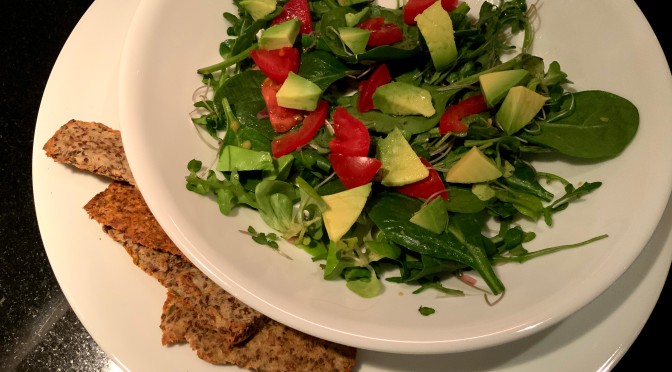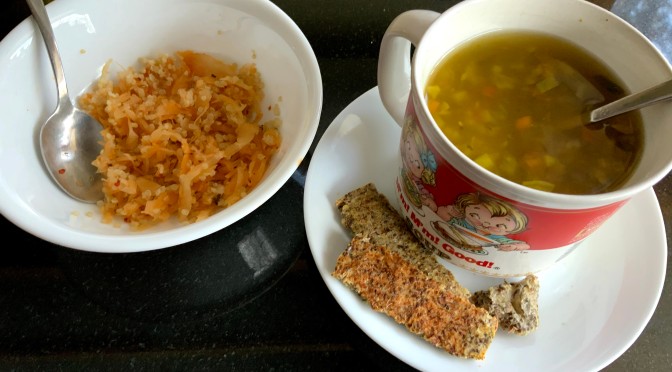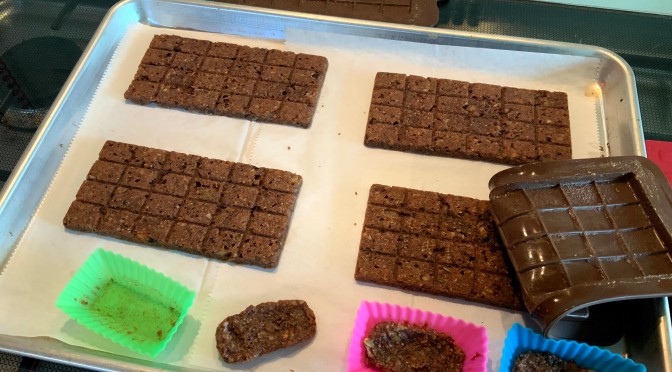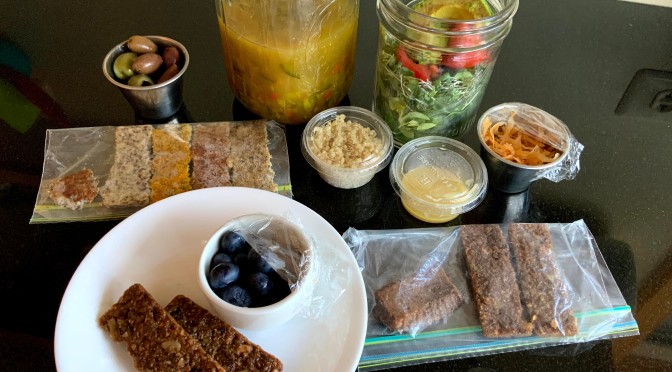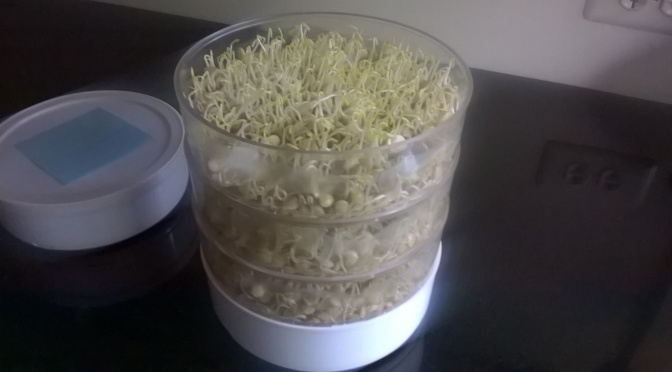I discovered earlier this year that I have histamine intolerance, called HIT. I’m not allergic to histamine, but I suspect that I don’t have enough DAO (diamine oxidase), the enzyme needed to break it down. If I’m not careful about what I eat it builds up to toxic levels and I get unpleasant symptoms (including rash, hives, itching, swelling, racing heart, headache etc). Follow this link to learn more about my experience with HIT.
I started eating a Low Histamine diet in April which basically meant I had to eliminate a bunch of additional foods from my already restrictive safe-food list. But this change has made a huge difference, allowing me to manage my symptoms by simply avoiding these foods. I’m still experimenting with how much tomato or lemon I can have at a time, but the pattern is much more predictable now. Oh happy day!
So I occasionally take a DAO enzyme supplement that is derived from pig kidney’s (DAOsin by Swanson). This stuff definitely works, it allows me to ocassionally eat histamine-rich foods with little to no itching/hives. But it’s really expensive, so I can’t be relying on it too often.
But now there might be another alternative. Dr. Janice Joneja, author of a great book called Dealing with Food Allergies, has found that sprouted legumes, especially pea sprouts, can be used as an alternative source for DAO. She has instigated an informal study of HIT sufferers through the Low Histamine Chef website. And I’m participating!
 I’m currently waiting for my first batch of sprouts to be ready, I used lentils since that’s what I had on hand.
I’m currently waiting for my first batch of sprouts to be ready, I used lentils since that’s what I had on hand.
So the process is:
- soak peas or other legumes for 12 hours
- put soaked legumes in sprouter and cover with a towel or put in a dark cupboard (darkness results in a significantly higher DAO content)
- rinse twice a day for 7- 10 days (enzyme is at peak after 10 days, and then it depletes)
- Sprouted legumes should be eaten just before a meal, and should either be processed in a blender or juiced to detach the DAO from the cell walls of the sprout.
I’m going to be trying 1/2 cup serving at a time to start, and will adjust the amount up or down depending on results. I’m very excited to get started and will update this post once I have something to report.
Initial Experiment UPDATE 10-24-2014
I ate about a cup of lentil sprouts daily for 5 days over the past week, and here are my results and observations:
- I ate the sprouts just once a day via juice or a smoothie, and not always right before histamine-rich meals. I think ideally you’re supposed to eat them right before your meals, but this wasn’t workable for me.
- Juicing the sprouts worked better for me than blending – I can handle small amounts in my smoothie, but it definitely imparts a foreign flavor. The first day I put nearly a full cup in my smoothie and it was really awful (although I forced it down anyway). The juice, on the other hand, is watery and mild tasting, not even detectable in my kale juice. I even juiced the sprouts on their own – about a cup of them filled about 2/3 of a small juice glass and I downed it in 3 quick gulps.
- RESULTS: There was a definite improvement in my tolerance for histamine-rich foods after several days of taking the sprouts. I noticed this improvement even when I hadn’t taken the sprouts just before the meal. Is it possible the enzymes could be acting more generally to reduce my overall histamine level as opposed to just helping with the food currently being digested? Either way, by the end fifth day I was able to eat items in amounts that normally would cause me major symptoms. But today I’m out of sprouts and noticed a reaction after eating a couple items that often cause me trouble.
My Learnings For Next Time:
- Sprout in stages – I have a four-tray sprouter, and for my initial experiment I began all four trays at the same time. But this time I’m staging the trays so each time I use up a tray I’m starting a new one. That way every couple of days a new tray reaches maturity (which is 7-10 days). One tray produces more than a cup of sprouts.
- Make sure sprouts stay dark – I left my sprouter on my counter and covered it with a dish towel which may not have been dense enough to block all light. Next time I’ll try a heavier towel.
- Move sprouts to fridge if not eaten by day 10 – The sprouts on my counter started getting a bit funky on day 10, although I ate them anyway. I started eating the sprouts on day 7, and then refrigerated at day 10. I’ll experiment more with this, it might be different for peas or other legumes.
All of this is a bit of work, but overall my results are promising. In addition to more lentils, I’ve also started a tray of chick peas, and I’ve ordered some green peas too. Can’t wait to do some more testing!

